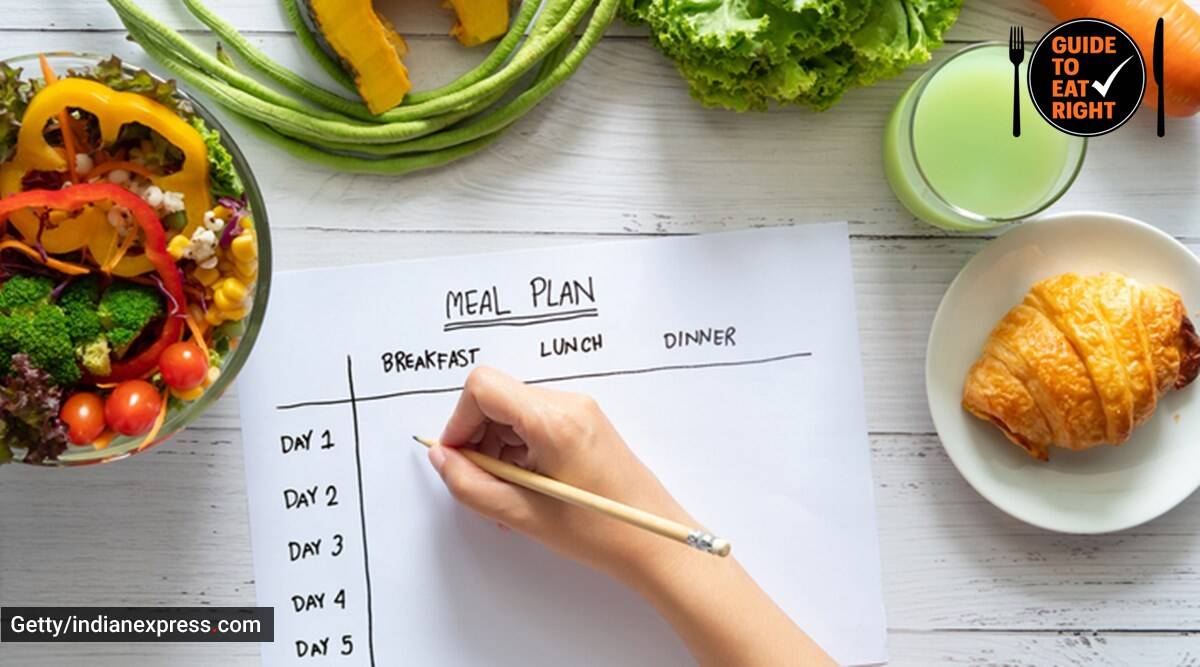
A healthy heart meal plan can make it easier for you to follow a healthy eating routine. You have many options for healthy food and this plan is simple and convenient. To get started, start by stocking up on the basics, such as fruit and vegetables. It is important to plan meals for fruits and vegetables that are not likely to spoil. Frozen items, such as chicken breast and fish, can keep for months.
Lean meat and poultry should always be cut. 90% lean ground meat is less calorie-dense, saturated fat- and cholesterol-rich than traditional beef. Yogurt can be a great alternative to butter, as it has less saturated fat and more healthy monounsaturated fat. In addition to eating more vegetables, consider switching to plant-based oils instead of butter, which is high in trans fat. Olive oil can be substituted for oil in cooking if you don’t like oil.

The key to a healthy and happy heart is another key ingredient: fruits, vegetables, and legumes. They provide nutrients, boost immunity system, and reduce inflammation. A good portion of your diet should be filled with fruits and vegetables. Your health will improve if you aim for half your plate. If you're a vegetarian, stick to a diet of wholesome, fresh fruit and vegetables. But remember: a healthy heart diet doesn't mean eating boring foods.
Consider choosing fruits and veggies in every color possible. Even vegetables and fruits can be good sources of nutrition. The more colors you have, the better. You can make smart choices by creating a healthy heart meal plan. Talk with your doctor to discuss any medications or supplements. Many apps are available to assist heart patients. A healthy heart meal plan can help you stay on track if you have a condition such as heart disease.
If you're already suffering from heart disease, a healthy heart meal planner can help you make the best choices. The goal is to make a diet plan that will help you manage your blood pressure and prevent cardiovascular disease. A diet planner can also help you get the most out of your daily foods. Consider including more vegetables than what you think you need. They are full of antioxidants as well as great sources of fiber.

A healthy heart meal planner can help you stick to a heart-healthy diet. The American Heart Association recommends eating a low-salt meal plan. Limit salt intake by people who are susceptible to heart disease to two and a quarter teaspoons daily. A free app can be downloaded to help you track your blood pressure and weight. You'll be able track your diet and stay on the right track by using the planner.
FAQ
Does being cold give you a weak immune system?
Cold can make you less immune to infection because your body makes fewer white blood cells, which are essential for fighting infections. Being cold can make you feel more comfortable because your brain releases endorphins which help reduce pain.
What's the difference of a calorie versus a Kilocalorie?
Calories measure the energy content of food. A calorie is a unit of measure. One calorie is the amount of energy required to heat one gram water one degree Celsius.
Kilocalories is another name for calories. Kilocalories can be measured in thousandsths of one calorie. For example, 1000 calories equals one kilocalorie.
What's the best diet?
Your age, gender, body type, and lifestyle choices will all impact the best diet. It is also important to think about how much energy you use during exercise and whether you like low-calorie foods.
If you are trying to lose weight, then you may want to try intermittent fasting. Intermittent fasting is a way to eat only certain meals during the day instead of three large meals. This might be better for you than traditional diets, which have daily calorie counts.
Intermittent fasting is believed to increase insulin sensitivity. It may also reduce inflammation. This may lead to a decrease in diabetes risk and blood sugar levels. Other research suggests that intermittent fasting may promote fat loss and improve overall body composition.
How can I live a life that is full of joy every day?
To live a happy life, the first step is to discover what makes you happy. Once you know what makes you happy, you can work backwards from there. Asking other people how they live their best lives every day is also a good idea.
You can also check out books like "How to Live Your Best Life" from Dr. Wayne Dyer. He talks about how to find happiness and fulfillment at all stages of our lives.
What are the ten best foods to eat in America?
The 10 best foods to eat include:
-
Avocados
-
Berries
-
Broccoli
-
Cauliflower
-
Eggs
-
Fish
-
Grains
-
Nuts
-
Oats
-
Salmon
What is the healthiest lifestyle to life?
Living a healthy lifestyle is one that encourages you to eat well, exercise regularly, get enough sleep, and avoids stress. This will ensure that you live a long healthy life.
Start small by changing your diet and exercising routine. To lose weight, you can start walking for 30 mins each day. Swimming or dancing are great options if your goal is to become more active. You can also sign up for an online fitness program, such as Strava and Fitbit. This will track your activity.
What are the 7 tips to have a healthy life?
-
Take care of your health
-
Exercise regularly
-
Sleep well
-
Get plenty of water.
-
Get adequate rest
-
Be happy
-
Smile often.
Statistics
- WHO recommends reducing saturated fats to less than 10% of total energy intake; reducing trans-fats to less than 1% of total energy intake; and replacing both saturated fats and trans-fats to unsaturated fats. (who.int)
- According to the 2020 Dietary Guidelines for Americans, a balanced diet high in fruits and vegetables, lean protein, low-fat dairy and whole grains is needed for optimal energy. (mayoclinichealthsystem.org)
- Extra virgin olive oil may benefit heart health, as people who consume it have a lower risk for dying from heart attacks and strokes according to some evidence (57Trusted Source (healthline.com)
- This article received 11 testimonials and 86% of readers who voted found it helpful, earning it our reader-approved status. (wikihow.com)
External Links
How To
What does the "vitamins” word mean?
Vitamins can be described as organic compounds found in food. Vitamins aid us in absorbing nutrients from the food we eat. Vitamins cannot be made by the body; they must be taken from food.
There are two types vitamins: water soluble or fat soluble. Water soluble vitamins dissolve easily in water. Vitamin C,B1(thiamine), B2 (2riboflavin), and B3 (3niacin), as well as vitamin C,B1, B2 (riboflavin), and B3 (niacin), vitamin B6 (pyridoxine), vitamin folic acid (biotin), pantothenic, and choline are examples. The liver and fat soluble vitamins are stored within the liver and in fatty tissue. These include vitamin D, E and K, as well as beta carotene.
Vitamins are classified according to their biological activity. There are eight major vitamin groups:
-
A - essential for normal growth and maintenance of health.
-
C is important for nerve function and energy production.
-
D - Vital for healthy bones and teeth
-
E is necessary for good vision, reproduction.
-
K – Required for healthy nerves & muscles.
-
P - essential for strong bones, teeth and tendons
-
Q - aids digestion, absorption and absorption iron
-
R – Required for the formation of red blood vessels.
The recommended daily allowance (RDA) of vitamins varies depending on age, gender, and physical condition. The U.S. Food and Drug Administration has established the RDA values.
For example, the RDA for vitamin A is 400 micrograms per dayfor adults 19 years or older. Because it is essential for the development of the fetus, pregnant women should consume 600 micrograms per daily. Children ages 1-8 require 900 micrograms per day. For infants younger than one year, 700 micrograms are required daily. However, this number drops to 500 micrograms each day for children aged 9-12 months.
Children between the ages 1--18 years old who are overweight or obese require 800 micrograms per Day, while those who are overweight or obese need 1000 micrograms. To meet their nutritional needs, children underweight and obese require 1200 micrograms a day.
Children ages 4-8 years who have been diagnosed with anemia need 2200 micrograms per day of vitamin C.
2000 micrograms per person is necessary for general health. Women who are pregnant or breastfeeding need 3000 micrograms per day due to increased nutrient requirements.
Adults over 70 need 1500 micrograms daily, as they lose 10% of their muscle every ten years.
Women who have been pregnant or are lactating require more than the RDA. Pregnant women need 4000 micrograms per dayduring pregnancy and 2500 micrograms per day after delivery. Breastfeeding mothers require 5000 micrograms daily when breast milk production is occurring.